World Fine Art Professionals and their Key-Pieces, 66 - Joyce Eijkhout
World Fine Art Professionals and their Key-Pieces, 66 – Joyce Eijkhout
Twins or multiple births we often see in the artworks of Joyce Eijkhout. For a long time she combined the two and three-dimensional. In her latest paintings she mainly works from observation. “The flat elements are out.”
What’s the reason she paints twins or multiple births (triplets, quadruplets, quintuplets) that often? Joyce: “My theme is all aspects of the self. You often see twins or multiple births.” Is she herself part of a twin? “This I suspect. I’ve always felt that a piece of me isn’t there. I think I’m actually part of a twin. As a child, I often spoke about ‘we’. Delicious food for psychoanalysis. It is mainly about the personality and the alter-ego. The real me ( what is this anyway?) and the superhero.”
Breaking away
In her latest work, shown recently in Ann’s Art Gallery in Groningen, there was a number of young ladies in lingerie around the table to be seen. “The idea was to start from ‘situations at the kitchen table’ and pour it in a 50s jacket with delicious dishes, tupperware and cooking terms as title.
Through a dream I realized that I was in my own kitchen, but that I actually have a whole castle at my disposal. I wondered why I was limited to one room. I did want to paint the movement out of the kitchen, towards other locations. This brought the canvases on which we see girls getting ready for the night. Behind the window you can see the outlines of a city, my city. There they go. It is about breaking away, dancing with the self.
Dancing with a devilish accent as in seduction, desire, lust and eroticism, pheromones, eternal youth (botox/facelifts), fame, everything is for sale, transience, emancipation, instant happiness, borrowed time and Power (while the world seems to be in fire).”
Instant happiness
The paintings can best be described as episodes of a soap opera / comic book, she says. Joyce grew up in e free-spirited hippie family, with a mother who was in the feminist movement and fought for the rights of women. With the last two canvases (Yo Bitches and White Lady) she poses questions.
“I find it so shocking that as women we had to fight for equal rights and now it seems all the achievements seem to slip out of our hands. Or is it just about being our own boss and is it a value that we choose that? Is that perhaps modern feminism? It is strange that so many women would have benefited by the money that goes around in the beauty industry. We invest millions in cosmetic surgery, botox has become quite common. Why are we so unhappy? Who tells us that we are ugly or that aging leads to ugliness? Why does it seem that everything seems to end when we are 40+? What would I do if I had the opportunity?”
She saw this confirmed when she saw an episode of the program ‘Sophie in de kreukels’ (Sophie screwed up), with Sophie Hilbrand. “She asks the same questions and comes to the same conclusion: women tell each other that they need it.” The white pipes with coke on White Lady fit in it. “That stands for instant happiness and the outer beauty of the girls stands for superficiality and also satisfaction. Coke for example puts the alter-ego in the foreground, gives a feeling of being a superhero, but is also borrowed time. It takes away, rather than it gives.”
Film stills
Her canvases have a relatively large size. “It is often asked why I do not work in smaller formats. I experience my recent work as a kind of classic theme, which calls for large format. I’m going against the trend to make small work, which sells faster. “
Joyce Eijkhout always feels the urge for renewal. In the years since her graduation at the Minerva Academy in Groningen (1997), she was focused on Odysseus journey for some time. “I wondered how open-minded we are born. How big is the influence of genes, family and environment on our development as an individual? What is ego? Who am I?”
She painted people and faces in particular that were best characterized as androgynous beings. Personal items were excluded from the painted people, all attention was for facial expressions and body language. She placed the depersonalized persons in a staged situation, reminiscent of film-stills or theater.
Piglet o piglet
And there were paintings as ‘Maxima Culpa’ with babies as we know them from the silver plate photography, presented in black mourning dresses. “I had used a relief paste, to lay out the edges to create a cuddly. I find it funny that no one dares to touch it. So that was such a thing of myself. In museums I must always hold me tremendously to not touch everywhere. It ain’t possible nowadays anymore. Alarmbells scare you properly. Luckily I have caressed The Nightwatch …. And Geesje Kwak (by Breitner). Fortunately smelling is still possible.”
Between 2000 and 2004 she had often work with a social statement. “Like ‘Piglet o piglet’. I saw yet another gruesome image on TV with pigs that were thrown with such a large steel hook in a container. I wanted to buy a present for my daugther and gain some inspiration and went to a shop similar to Kitsch Kitchen and saw a rubber glove puppet, a piglet. It was real, it seemed almost real. The pores were even visible ….. well, that was only possible with a true pig as mold …”
In one brushstroke
The paintings got more graphic, which ultimately resulted in the final painting of a series following a Japanese woodblock, ‘Ukiyo-e’ from the Edo era. “I wanted to understand the surface. This painting got an even more pronounced two- and three-dimensional combination. I wanted to see how far I could go.”
It was complicated to put the graphic tight and covering on the canvas. “There were a number of componenents, such as bamboo, which I had to put by hand in one brushstroke. The transparency that you then get, makes it much more credible and spacious. It was very nice to use your whole body to paint, to take your body as a focal point and draw for example a circle from a movement. Since then I’m working all the time like this. You get such beautiful lines.”
What’s app
The artworks around 2006 till 2011were about the Hyving, twitter etc. of her then teenage daughter. “She flew like mad on that keyboard and while she asked me for advice about a particular contact, she rattled my answer of the computer and pressed enter, even before she realized what she had actually written. Such hilarious situations came up, that I started to paint them. Plus my own questions and findings on this digital age, displayed with bakelite telephones and Underwood typewriters.
She had just made the painting ‘What’s app’, with two disturbed looking girls, busy typing, referring to what’s app. “A few month later the satirical TV program Koefnoen had exact the same situation put down in a scene. You often see it. That the same ideas come up.”
From observation
How does she operate? “I start with a model and go on in the way the photographer Ruud van Empel for example does. Like him, I create a new image adding parts of people together into a new entity. I build the scene while painting. Then I add all sorts of elements, like rubber wigs etc. ‘Apples of Orange’ and ‘Having Holiday’ were created in this way. It also referred to the old-school photography studio in early 1900, where you could be photographed in a dressed studio (as a tropical beach for instance).”
For this, she sometimes made use of a naive perspective and / or flat parts. “The idea is that you do not have to work out everything. A reference can suffice sometimes, because your brain finishes it. For example, the brain associates blue with sky and space, green with grass. In addition, the flat garments were a reference to paper dressed dolls form the 70s. This gave an alienating effect. I put the perspectival vanishing point at eye level, this caused a more impressive view of the children. Usually you paint children with a lower vanishing point because the one who photographsor paints them is bigger and looks down.”
In het current work there were, until the penulimate painting, still flat elements. Suddenly she was finished with it. “It had lost its functionality. For the next few paintings I mainly want to work from observation.” The last canvas she made for the exhibition at Ann’s Art , is the key for the coming periode. “ Another new development in the last work is that the focus on ‘the self’ makes room for multiple people, multiple egos.
The Raft of the Medusa
This means that she is shooting all kinds of staged situations in one go. “The Raft of the Medusa, which I’m thinking about to paint for years, now falls into place. I felt resistance to take that subject, as it has often been used. I want to use it as a research theme. This means that all people come to my studio to let themselves down on a raft (or something that it suggests) and pictures will be taken. Because it is too much for models to lie for days in that position. Then they won’t be drowning people anymore, but drunk people.” She already has a name as a starting point, ‘Queen for one night’.
‘Kill your darlings’ is her philosophy. That she finds essential to grow and get to the core and to transcend herself. “There should be improvement in each subsequent painting. But also, and perhaps above all: think five minutes before you do anything.” Every time she discovered that if she wanted to get to the core of something that moved or touched her, it was wise to take a moment of analysis and brainstorming.
“Before, I just started with something that touched me or with the image that was in my head. I let myself go with the resulting images and the subsequent ones, now I do it at the same time. I was always a little cross in this. I thought that you should not analyze images while you work, the answer would come automatically. Now I believe that it can and must be more efficient. And it works. Maybe because I’m older.”
Techno beat
She thinks it’s a wonderful profession, being an artist, but you have to make a financially careful planning. “Since a few month the market seems to improve slightly. Portrait assignments always kept going, but now there are more.” From a friend she heard about a brain surgeon who operates with the old school techno Music in his ears. She also wanted to experience it. “It worked for me. So today I’m painting with techno or electronic Music. White Lady, for example, was created with Ian Dillon-ADE afterparty mix, Fluke and Leftfield. Your heart adapts to the beats-a-minute, so you get into some kind of vibe. There is almost no thinking. Thus, I work much more intuitive and efficient. Looking and analyzing I do during the breaks.”
http://joyceeijkhoutschilderijen.blogspot.nl/
http://ifthenisnow.eu/nl/verhalen/de-wereld-van-de-groningse-kunstenaar-2-joyce-eijkhout
Disclaimer: The views, opinions and positions expressed within this guest article are those of the author Walter van Teeffelen alone and do not represent those of the Marbella Marbella website. The accuracy, completeness and validity of any statements made within this article are not guaranteed. We accept no liability for any errors, omissions or representations. The copyright of this content belongs to Walter van Teeffelen and any liability with regards to infringement of intellectual property rights remains with the author.

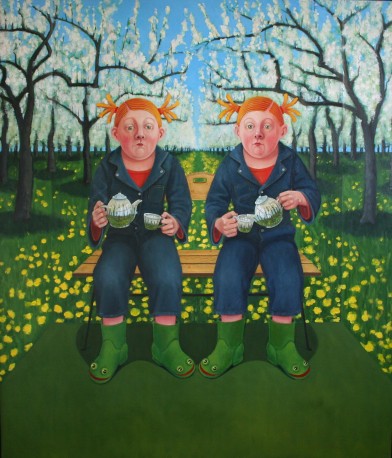
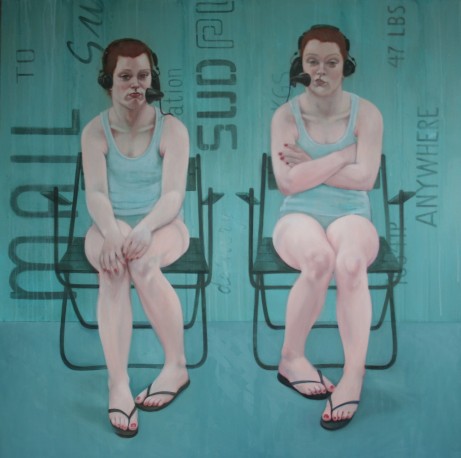
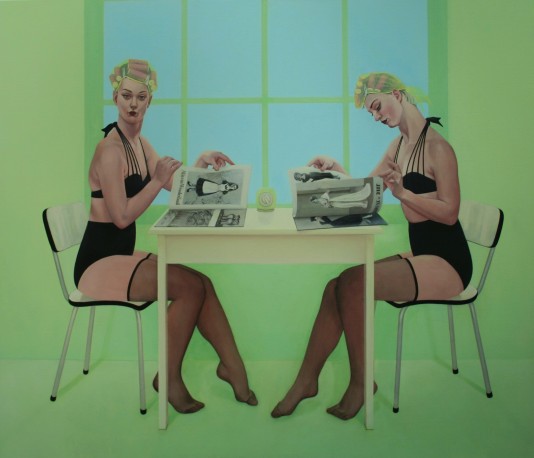
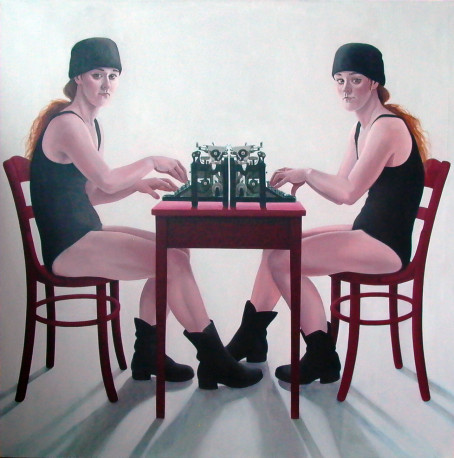
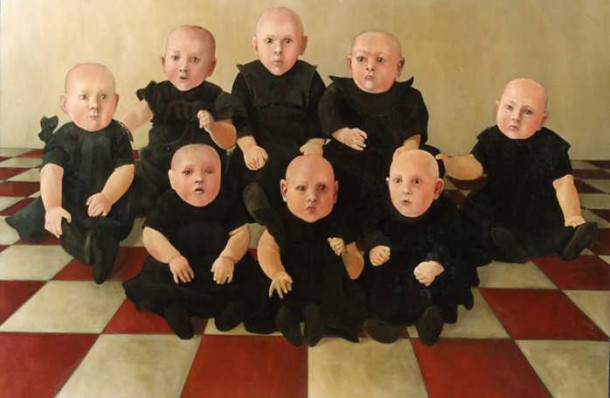
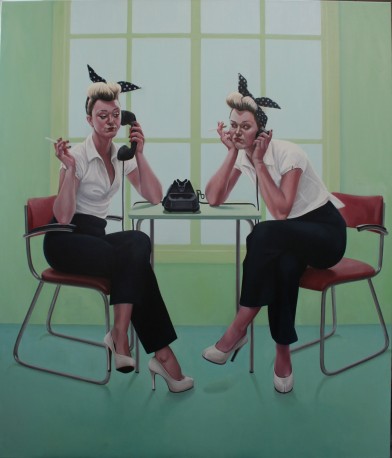
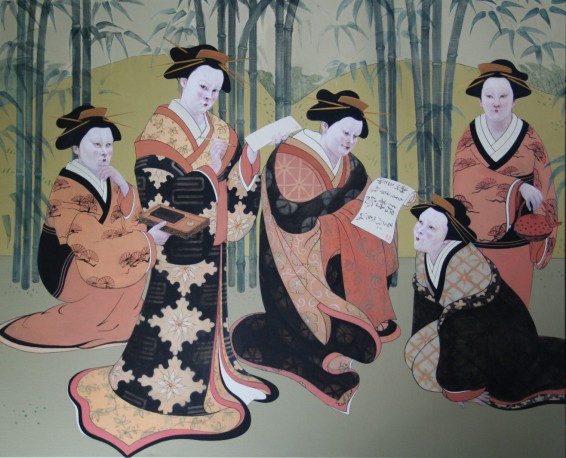
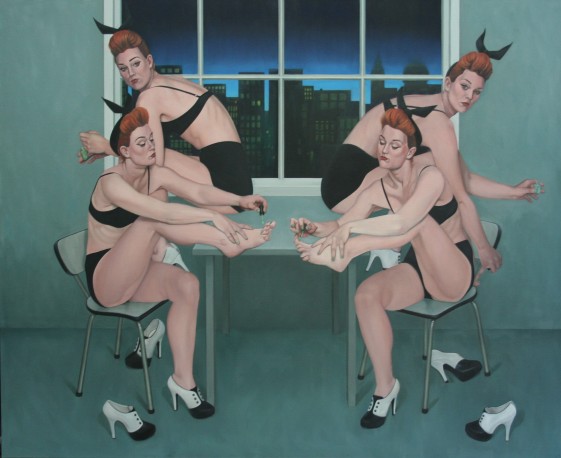
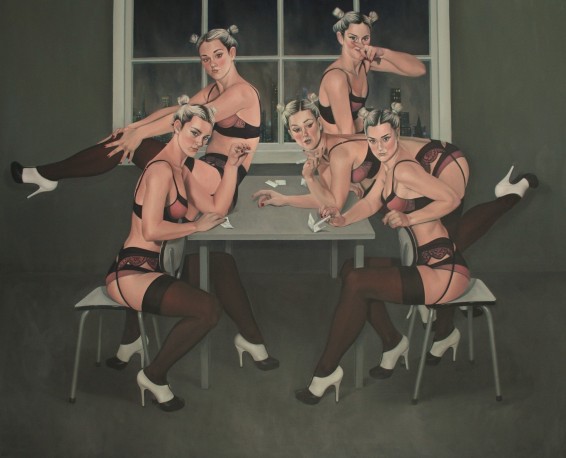















The opinions expressed by individual commentators and contributors do not necessarily constitute this website's position on the particular topic.